The humble cilantro plant has sparked more dinner table debates than perhaps any other herb. While some adore its bright, citrusy punch, others recoil at what they describe as a soapy assault on their taste buds. But for those in the pro-cilantro camp, finding ways to preserve its vibrant flavor becomes a culinary mission. Traditional drying methods often leave the herb tasting like hay, while refrigerated bunches turn to slime within days. Enter an ingenious preservation technique that's been gaining traction in home kitchens worldwide - the cilantro ice cube method.
This simple yet brilliant approach transforms the fleeting freshness of cilantro into a year-round flavor bomb. The process begins with thoroughly washing and drying your cilantro bunch. Any lingering moisture will lead to freezer burn, so take the time to pat those delicate leaves dry. Then comes the therapeutic part - finely chopping the leaves and tender stems. Unlike some herbs where stems are discarded, cilantro's stems pack tremendous flavor, making them worth including in your frozen stash.
The magic happens when these emerald-green bits meet their preservation partner: olive oil. As you spoon the chopped cilantro into ice cube trays, you'll notice how the leaves naturally compact. This is when you pour over a quality extra virgin olive oil, watching as the golden liquid seeps into every nook and cranny between the herb pieces. The oil acts as both a flavor preserver and a protective barrier against freezer odors. Some enthusiasts swear by adding a pinch of sea salt at this stage, claiming it helps lock in freshness while seasoning future dishes.
Freezing transforms these little compartments into what I like to call "flavor gold." Once solid, pop them out and transfer to a labeled freezer bag. The beauty of this method reveals itself months later when you're making a midwinter curry or soup. Tossing in one of these emerald cubes instantly revives the bright, herbal notes that would otherwise be impossible to find out of season. The oil melts seamlessly into hot dishes, distributing the cilantro flavor evenly without any of the textural issues that come with adding fresh herbs at the last minute.
Beyond the practical preservation benefits, this technique offers creative opportunities. Imagine blending cilantro with lime zest before freezing for instant flavor boosters for tacos. Or creating a cilantro-garlic-oil combination that forms the base of countless quick sauces. The frozen cubes also work wonders in salad dressings when gently thawed, maintaining that fresh-picked quality that bottled versions can't match.
Critics might argue that nothing beats truly fresh herbs, and they're not wrong. But in the dead of winter when your recipes crave that herbal brightness, these little green cubes come startlingly close. They outperform dried cilantro by lightyears and maintain more complexity than most store-bought frozen herbs. The olive oil component adds another layer of richness that often improves the final dish rather than just serving as a preservation medium.
For those who regularly cook Latin American, Southeast Asian, or Middle Eastern cuisines, this method could revolutionize your off-season cooking. No more sad substitutions or flavorless garnishes - just reach into your freezer for that hit of freshness. The technique proves particularly valuable when making large batches of dishes like salsa verde or chimichurri, where cilantro plays a starring role.
Storage longevity makes this approach even more appealing. While fresh cilantro might last a week under perfect refrigerator conditions, these frozen cubes maintain quality for up to six months. The olive oil prevents the dreaded freezer burn that plagues many frozen herbs, while also making the cubes easier to pop out of trays when needed. Just be sure to use airtight containers for secondary storage after the initial freeze to prevent odor absorption.
Portion control becomes effortless with this method. Each cube represents about one tablespoon of chopped herb, taking the guesswork out of measuring frozen ingredients. When a recipe calls for "a handful" of cilantro, you'll know exactly how many cubes to grab. This standardization proves invaluable when developing consistent recipes or when cooking while distracted - a reality for most home chefs.
The environmental benefits shouldn't be overlooked either. How many half-used cilantro bunches have you tossed after they turned to mush in the fridge? This technique virtually eliminates that waste, allowing you to preserve every last stem when you have abundance. Farmers market enthusiasts can buy in bulk when cilantro is at its peak and local, then enjoy that same quality months later.
Some creative cooks have taken the basic concept even further. One variation includes blending the cilantro with olive oil before freezing, creating a smoother paste ideal for marinades. Others layer alternate herbs in the same tray - perhaps cilantro in one row, parsley in another, and basil in a third - creating a frozen herb arsenal at the ready. The most adventurous might add a splash of citrus juice or vinegar to certain cubes for specific future applications.
While the method shines for cilantro, it adapts beautifully to other delicate herbs. Parsley, basil, dill, and chervil all respond well to this treatment, though each requires slight adjustments in preparation. Woodier herbs like rosemary and thyme don't benefit as much from this technique, as they dry well traditionally and don't suffer the same textural changes when frozen.
The psychological impact of having these flavor boosters at your fingertips shouldn't be underestimated. On dreary evenings when takeout seems tempting, discovering a few cilantro cubes in your freezer might inspire a homemade meal instead. They serve as little reminders of summer's abundance even when snow piles up outside your kitchen window. For gardeners overwhelmed by their cilantro harvest, this preservation method turns anxiety into anticipation for future culinary creations.
As with any technique, there are minor drawbacks to consider. The olive oil does add fat to dishes, which might require adjustment in some calorie-conscious recipes. The cubes also don't work as garnishes since they lose their fresh appearance after freezing. And while the flavor remains vibrant, the texture changes mean these work best in cooked applications rather than fresh preparations.
For those ready to try this cilantro revolution, start small. Process one bunch your first time to gauge how many cubes it yields and how quickly you use them. Invest in quality ice cube trays with flexible bottoms for easy removal. Silicone options work particularly well. Label your freezer bags with dates, as even well-preserved herbs lose potency over time. And don't be afraid to experiment with oil types - while olive oil works beautifully, avocado oil or grapeseed oil make excellent neutral alternatives.
This humble preservation hack embodies the kind of kitchen wisdom that gets passed down through generations. It requires no special equipment, just an understanding of how to work with food's natural properties. In our era of complex kitchen gadgets and elaborate meal prep systems, there's something deeply satisfying about such an elegantly simple solution. The next time you see cilantro on sale or receive an overwhelming bunch in your CSA box, remember: with just a knife, an ice cube tray, and some olive oil, you can capture that summer freshness to enjoy all year long.

By /Jul 31, 2025
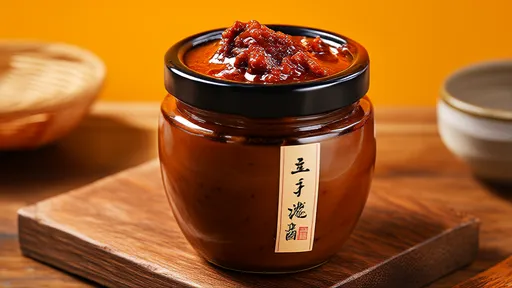
By /Jul 31, 2025

By /Jul 31, 2025

By /Jul 31, 2025

By /Jul 31, 2025
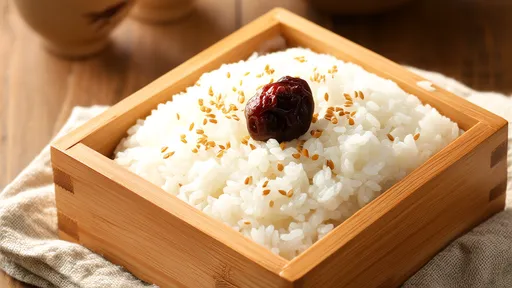
By /Jul 31, 2025

By /Jul 31, 2025

By /Jul 31, 2025
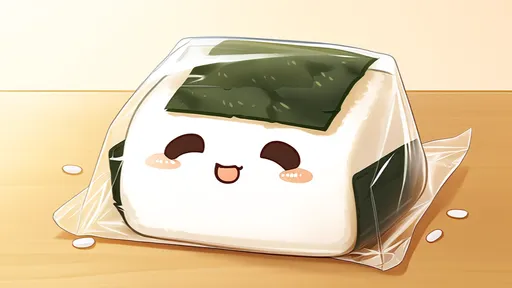
By /Jul 31, 2025
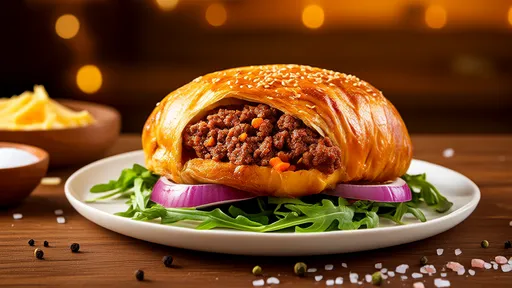
By /Jul 31, 2025
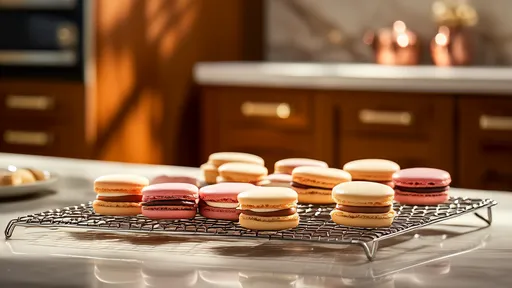
By /Jul 31, 2025

By /Jul 31, 2025
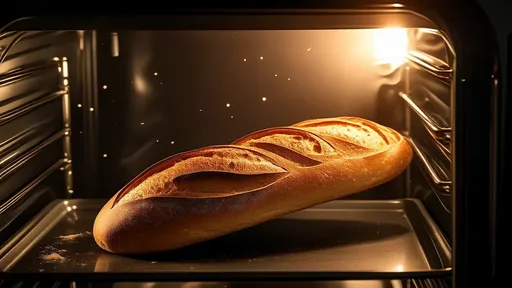
By /Jul 31, 2025
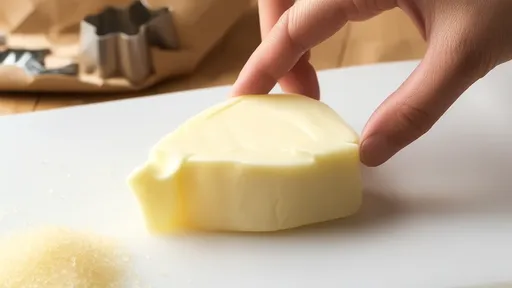
By /Jul 31, 2025

By /Jul 31, 2025
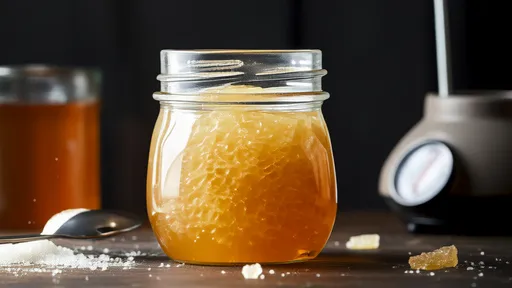
By /Jul 31, 2025

By /Jul 31, 2025
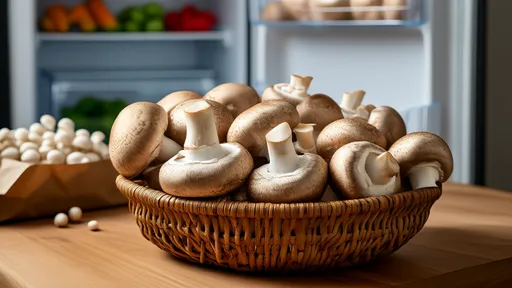
By /Jul 31, 2025
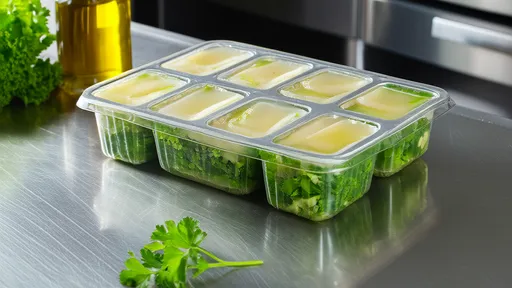
By /Jul 31, 2025
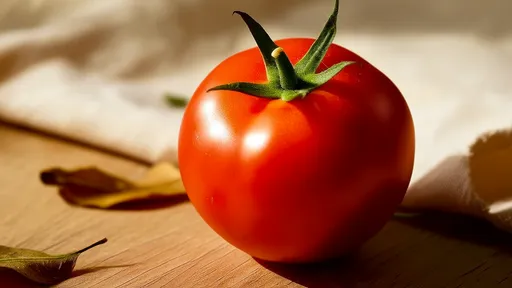
By /Jul 31, 2025